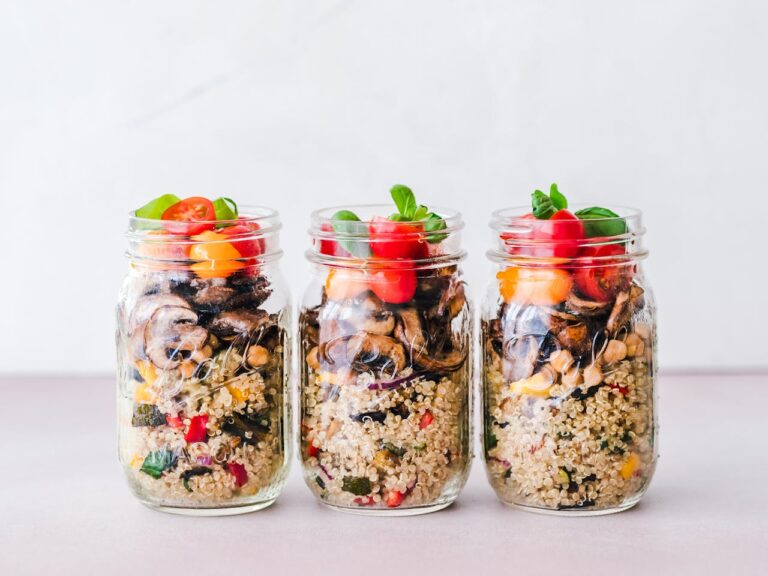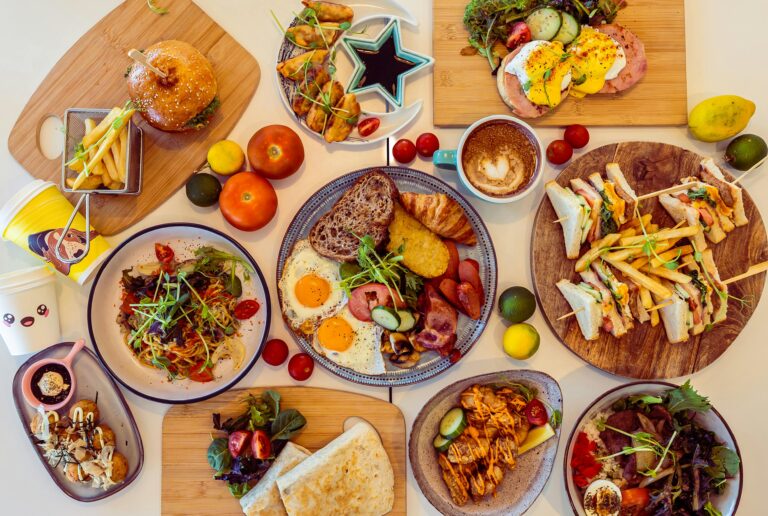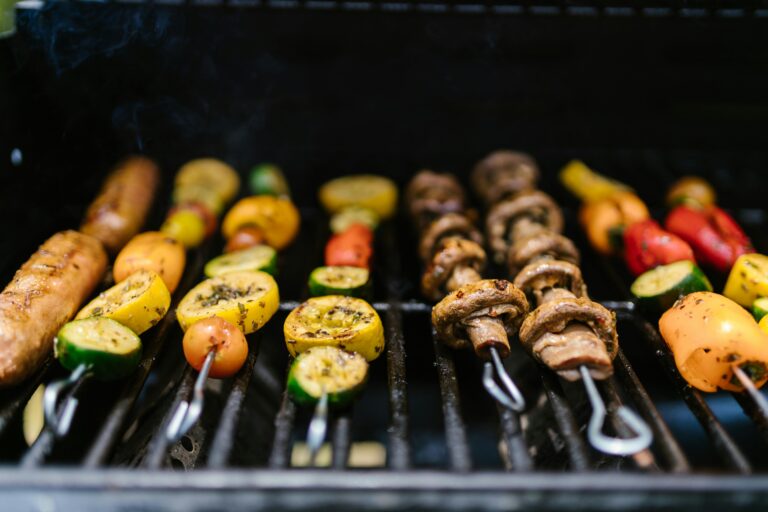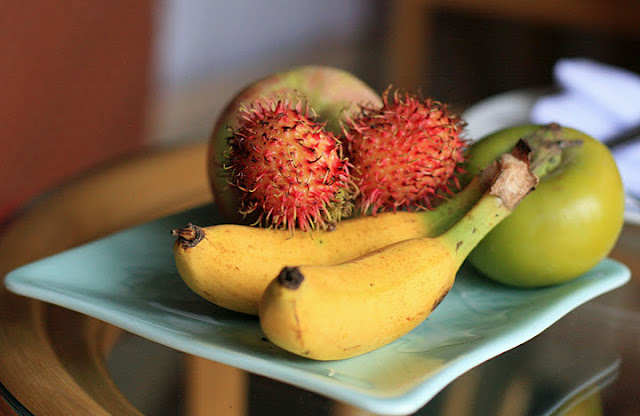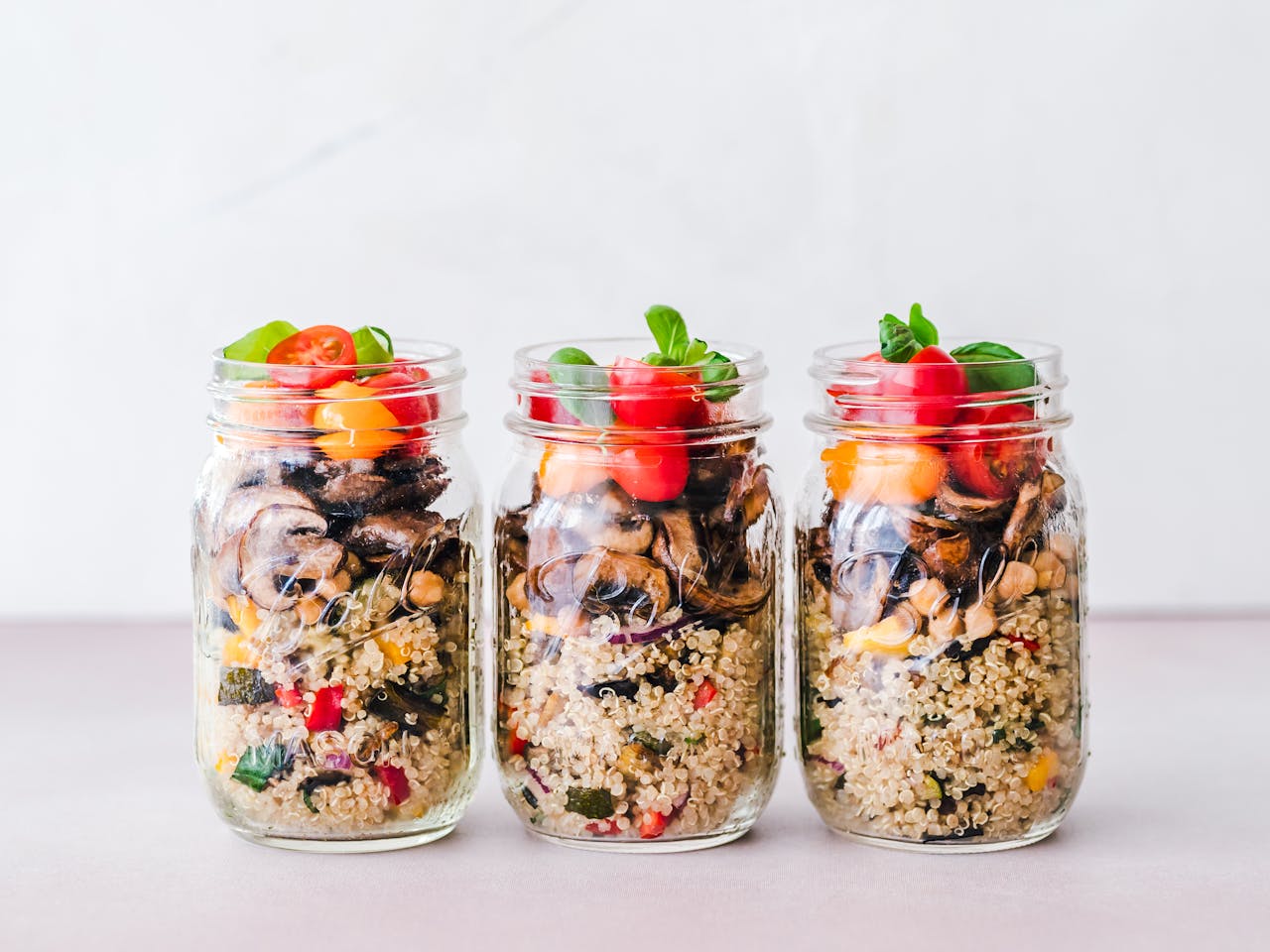
Eating disorders are a lot more common these days, and they really do affect a lot of people in their everyday routines. Dealing with one can be exhausting – not just because of the condition itself, but also because of everything else that comes with it. Sometimes it’s tied to medical issues, or sometimes it’s about strict dietary rules. But here’s something practical that actually helps with easing food-related stress: meal prepping. This article explores how planning your meals ahead of time can make a real difference in tackling food anxiety and improving quality of life.
The Background Behind Food Anxiety
Food anxiety usually comes from a tangle of worries around what, when, or how much to eat. People stress about eating healthy, following special diets, or just managing food while juggling a packed schedule. That anxiety can show up as chronic stress, overthinking every meal, or, in more extreme situations, skipping food entirely. It’s complicated, but understanding where it comes from is the first step to handling it better.
Dealing with food anxiety is important – it really impacts both your body and your mind. When someone struggles with it, getting enough of the right foods just isn’t easy, and that can trigger all sorts of health issues. It’s also tough on your mental health. Constant stress about what to eat can drag down your mood and overall quality of life.
So, how do you tackle food anxiety? You’ve got a couple of solid options: prepping your own meals at home or going with a meal prep delivery service. Cooking for yourself gives you total control over what goes into your food and lets you tailor meals to fit your needs. But if you’re short on time or just not into cooking, a delivery service like Ideal Nutrition takes the pressure off and makes things easier. Either way, taking the guesswork out of daily meal planning can do a lot to ease those food worries.
The Benefits of Meal Prepping
Meal prepping is a top-notch solution that fits well when it comes to addressing food anxiety issues. Pre-cooking and pre-planning are beneficial to individuals as they reduce the amount of stress that is associated with meal choices. This is because the decision-making process is already partly done.
The first advantage of meal prepping is to enhance overall health and diet compliance. When people have access to a well-stocked fridge and freezer containing portioned and healthy foods, they can avoid making unhealthy decisions. This may result in a more balanced and equal distribution of foods and potential improvements in nutritional health.
Prepping meals can help save a lot of time as well as the stress that is normally involved in preparing meals on a daily basis. You can save a considerable amount of time and effort during the week just by spending a few hours preparing meal preps in advance. This can help foster more feelings of mastery and less of a sense of being overwhelmed, both of which are important in addressing food anxiety.
Developing a Stress-Free Meal-Prepping Routine
Setting aside regular time for meal prep can make a huge difference if you’re trying to tackle food anxiety. Start by taking a good, honest look at your eating habits. What’s stressing you out? Are you always racing against the clock, working around dietary restrictions, or just not that confident in the kitchen?
Once you pinpoint what’s making meals feel complicated, you can start planning ahead. That might mean picking out a few healthy recipes and making a solid grocery list. Try setting one day each week to prep and portion your meals – it doesn’t have to be fancy. When you get into the habit of prepping in advance, you’ll lift a lot of the daily pressure that comes with figuring out what’s for dinner (or lunch, or breakfast).
Of course, it might take some work to make this routine stick. Maybe you’re short on time, your kitchen’s the size of a closet, or you feel weird changing up old habits. Still, with a bit of creative problem-solving, you can make it work. For instance, slow cookers and Instant Pot recipes can be lifesavers for busy days, while looking up smarter ways to store your prepped food can help if space is tight.
Practical Tips for Successful Meal Prepping
If you want your meal prep to be as sustainable as possible, there are a few practical habits worth adopting. Start by picking out recipes and ingredients that actually work for you – stuff that’s nutritious, but lines up with your own needs and tastes. That usually looks like a mix of whole, unprocessed foods: lean meats, whole grains, plenty of fiber, plus a good variety of fruits and veggies.
Get the hang of meal-prepping methods, including batch cooking, portion control, and storage. This can help increase the impact and productivity of your meal-prep strategies. General knowledge on how to portion large quantities of food, and then freezing or refrigerating the portions, is useful in helping you to avoid wasting food. It also saves time and ensures that a proper portion of a balanced diet is available when needed.
Adjust the meal-prepping strategy depending on the special dietary requirements or considered tastes. Whether you are a vegetarian or diabetic, have certain preferred diets, or simply do not like something, make certain adjustments to the meals you prepare. This will make it easier to maintain the new routine in the long run.
Maintaining a Meal Prepping Lifestyle
Meal prepping can really help take the edge off food anxiety, but let’s be honest – it’s not some magical, one-and-done fix. It’s more of a long-haul lifestyle shift. Sticking with it means staying flexible, since schedules change, tastes drift, and your nutrition needs might shift over time. You’ve got to keep tweaking things as you go.
Mixing up your meals is huge for making meal prep actually stick. Eating the same thing every day? That’s a fast track to boredom. Try some new recipes, switch up your cooking methods, or toss in different ingredients now and then. And don’t forget to give yourself a treat once in a while – if your setup feels like a punishment, you’re not going to last.
Keep an eye on how things are working, and don’t be afraid to make changes as needed. Figure out where your process could run smoother or feel less routine. The goal is to keep your plan working for you, not just against food anxiety, but for your overall wellness too.
Conclusion
Food anxiety is a serious condition, and if left untreated, it can cause a lot of problems on your way. By learning how to meal prep, people have an opportunity to regain control over their food choices, decrease stress levels, and ultimately, manage the issues connected with food-related anxiety.
Gain proper knowledge regarding the cause of food anxiety and establish a regular meal-prepping schedule. This way, you can work towards changing your attitude towards food and consequently create a positive path to a happier and anxiety-free life. With this approach, people will be able to take charge of their lives and overcome the obstacles that have been holding them back.
